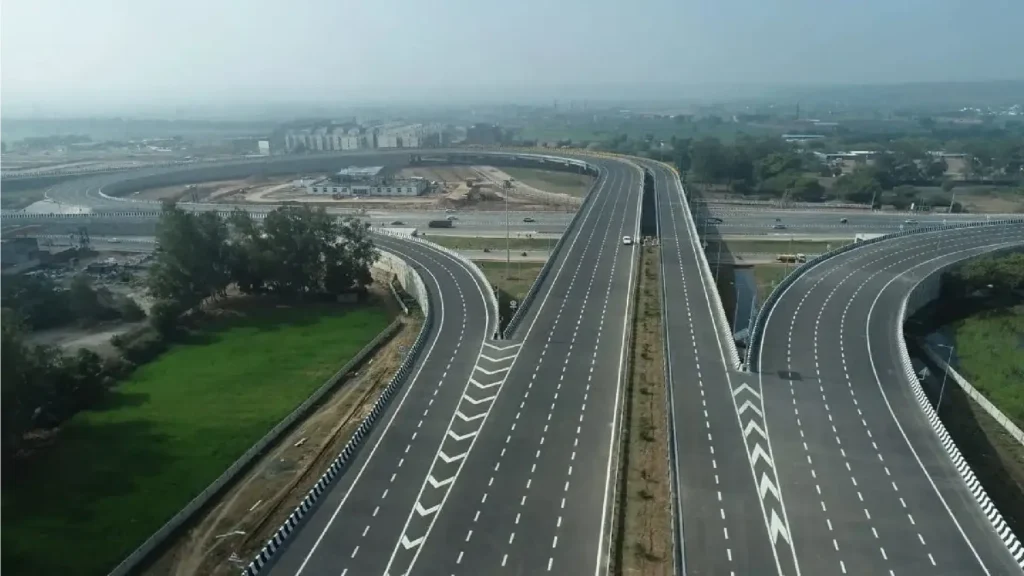
Explore the imperative of incorporating climate change adaptation measures into India’s construction industry, ensuring resilience and sustainability in the face of environmental challenges.
India, like many countries, faces the increasing impacts of climate change, including extreme weather events, sea-level rise, and temperature fluctuations. In this blog post, we delve into the importance of integrating climate resilience into construction practices and urban planning to mitigate risks and enhance community well-being.
Contrary to popular belief, Lorem Ipsum is not simply random text. It has roots in a piece of classical Latin literature from 45 BC, making it over 2000 years old. Richard McClintock, a Latin professor at Hampden-Sydney College in Virginia, looked up one of the more obscure Latin words, consectetur, from a Lorem Ipsum passage, and going through the cites of the word in classical literature, discovered the undoubtable source. Lorem Ipsum comes from sections 1.10.32 and 1.10.33 of “de Finibus Bonorum et Malorum” (The Extremes of Good and Evil) by Cicero, written in 45 BC. This book is a treatise on the theory of ethics, very popular during the Renaissance. The first line of Lorem Ipsum, “Lorem ipsum dolor sit amet..”, comes from a line in section 1.10.32.
As temperatures rise and weather patterns become more unpredictable, traditional construction methods and designs may prove inadequate to withstand the evolving climate hazards. Therefore, it’s crucial for developers, architects, and policymakers to embrace innovative strategies that prioritize resilience and sustainability.
One key aspect of building for climate change adaptation in India involves enhancing the thermal efficiency of buildings to reduce energy consumption for heating and cooling. This can be achieved through the use of passive design techniques such as orientation, insulation, and natural ventilation, as well as the integration of energy-efficient materials and technologies.
Furthermore, the adoption of resilient infrastructure designs, including elevated structures, storm-resistant building materials, and green roofs, can help protect communities from the impacts of extreme weather events such as cyclones, hurricanes, and heavy rainfall.
Beyond physical resilience, fostering community engagement and awareness is crucial for building climate-resilient communities. Educating residents about disaster preparedness, sustainable living practices, and the importance of ecosystem conservation can empower individuals to take proactive measures to adapt to climate change and reduce vulnerability.
In conclusion, building for climate change adaptation in India requires a holistic approach that integrates technological innovation, sustainable design principles, and community participation. By prioritizing resilience and sustainability in construction practices and urban development initiatives, India can build a more resilient future for generations to come.
Lorem ipsum dolor sit amet, consectetur adipiscing elit. Ut elit tellus, luctus nec ullamcorper mattis, pulvinar dapibus leo.